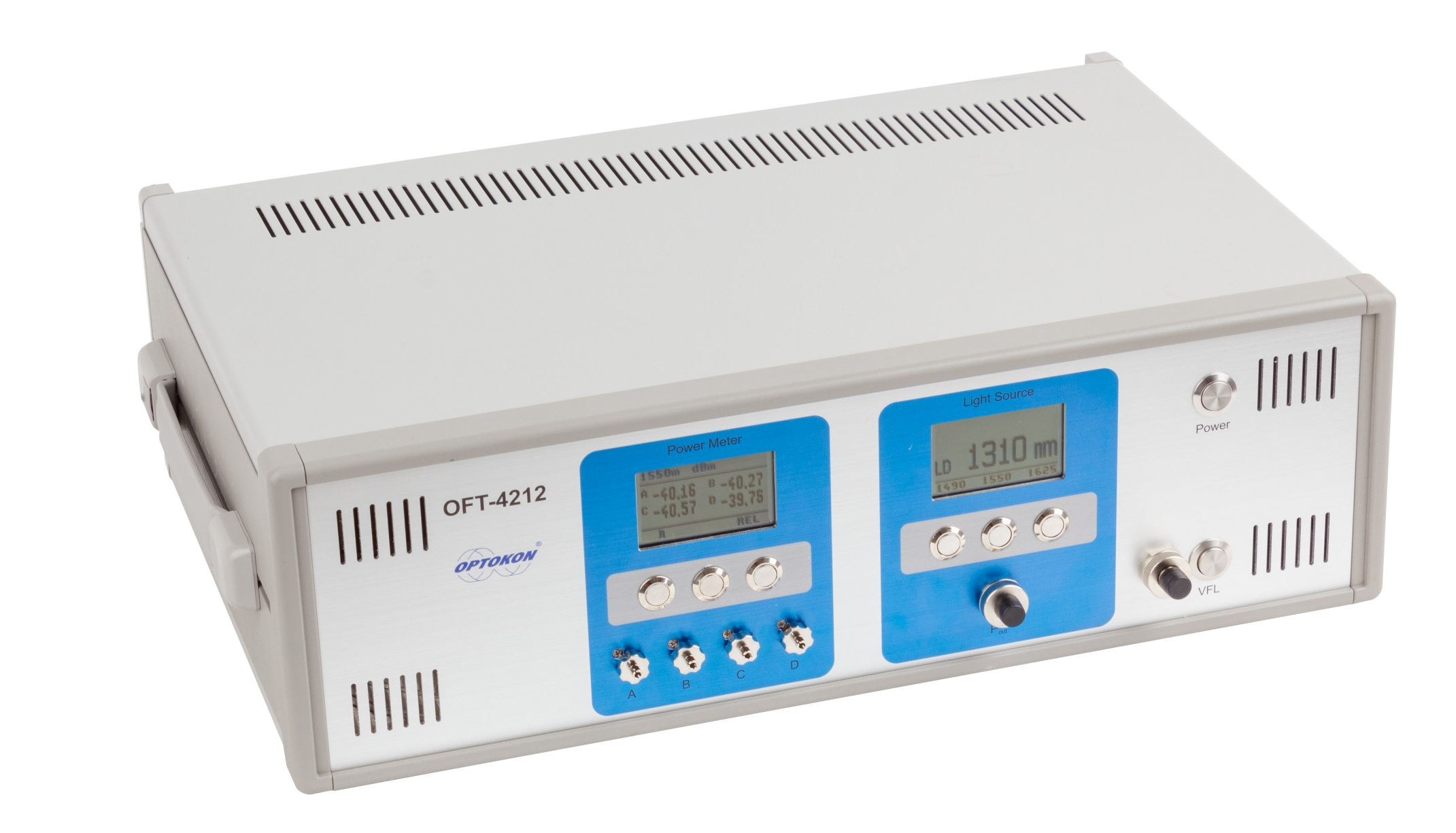All You Need to Learn About Robotic Vision and Its Applications in Advanced Optical Measurement Systems
Robotic vision represents a substantial innovation in the crossway of computer system vision, synthetic knowledge, and machine discovering. This innovation improves the precision of optical dimension systems, allowing real-time information analysis and improved quality assurance. Its influence spans several sectors, from producing to healthcare. Nevertheless, the advancing landscape of robot vision increases concerns concerning future capacities and applications (fibre testing equipment). What technologies exist ahead in this transformative field?
Comprehending Robotic Vision: Trick Concepts and Technologies
Robotic vision includes the modern technologies and methodologies that allow equipments to analyze and comprehend aesthetic info from their setting. This field incorporates components of computer system vision, expert system, and maker knowing to help with automated decision-making based upon visual data. Trick ideas include photo handling, which includes the improvement and evaluation of photos to extract purposeful functions, and object recognition, which allows makers to recognize and classify objects within a scene.

The Combination of Robotic Vision With Optical Measurement Solutions
As industries progressively require precision and performance, the integration of robotic vision with optical dimension systems has actually become a transformative strategy. This harmony enables robotics to regard and translate their environments, enhancing the ability of optical measurement systems to assess and evaluate objects with unmatched accuracy. By equipping optical sensors with advanced imaging technologies, robot vision allows real-time data collection and processing, helping with immediate adjustments to dimension parameters.
The combination encourages automated systems to spot variants in dimensions, surface top quality, and placement, which are essential in quality control procedures. Boosted formulas, such as artificial intelligence, further augment this integration by boosting the systems' ability to adjust to various atmospheres and circumstances. The integration not only enhances dimension procedures but also minimizes errors, making sure that products satisfy rigorous sector criteria, thus strengthening the duty of robot vision in the future of optical dimension systems.
Applications of Robotic Vision in Manufacturing
In modern-day production atmospheres, making use of vision systems has actually transformed manufacturing processes by allowing machines to do jobs with impressive accuracy and rate. Robotic vision systems are progressively utilized for quality assurance, where they inspect items for defects and assurance adherence to requirements. These systems utilize cameras and progressed formulas to analyze items in real-time, substantially lowering the threat of human error.
In addition, robotic vision helps with automation in production line, permitting robots to precisely determine elements and construct them with minimal downtime. This modern technology likewise enhances inventory monitoring, as vision systems can monitor stock levels and detect disparities, ensuring a seamless supply chain.
Robotic vision help in the implementation of smart factories, where data from vision systems can be integrated with other innovations to enhance operations (robotic vision). In general, the applications of robot vision in manufacturing show its important duty in improving effectiveness, quality, and performance across various markets
Robotic Vision in Medical Care: Reinventing Patient Treatment

In recovery, robot vision help in monitoring client development and customizing therapy sessions to individual demands. It supports medical specialists by automating jobs such as information collection and client monitoring, enabling even more time to concentrate on straight person communication. Furthermore, robotic vision boosts telemedicine by enabling remote diagnosis and online examinations, bridging the gap between people and health care carriers. On the whole, the application of robotic vision in health care is reinventing patient care, causing boosted outcomes, performance, and client complete satisfaction.
Future Trends and Advancements in Robotic Vision Technology
The quick evolution of robot vision technology guarantees to further boost its applications across different sectors, consisting of health care. Future trends suggest a significant change in the direction of incorporating expert system and machine knowing, enabling systems to discover page from large datasets and enhance accuracy over time. Improved sensing unit technologies and deep discovering formulas are expected to fine-tune object acknowledgment capacities, permitting robotics to translate complicated environments better.

The integration of enhanced reality (AR) with robotic vision will likely change exactly how robots help in medical procedures and diagnostics. This synergy will help with real-time data visualization, improving decision-making procedures. In addition, miniaturization of parts will certainly lead to even more compact and versatile robotic vision systems appropriate for a range of tasks. As these innovations unfold, industries will certainly witness boosted automation and efficiency, strengthening robot vision as a foundation of innovative technical services.
Regularly Asked Questions
What Are the Main Parts of a Robotic Vision System?
The major parts of a robot vision system include cams for picture capture, processors for information evaluation, formulas for analysis, and actuators for motion. Together, these elements make it possible for robotics to view and communicate with their setting properly.
Exactly How Does Robotic Vision Improve Accuracy in Measurements?
Robotic vision boosts dimension accuracy by using sophisticated imaging technologies, making it possible for precise item discovery and spatial analysis. This ability minimizes human error, increases repeatability, and allows for real-time changes, inevitably improving overall dimension reliability and effectiveness.
What Industries Benefit Many From Robotic Vision Modern Technology?
Numerous industries benefit greatly from robotic vision modern technology, including manufacturing, medical care, agriculture, and logistics. These markets make use of enhanced precision, effectiveness, and automation, causing boosted productivity and minimized functional prices in their respective processes.
Can Robotic Vision Solutions Operate In Low-Light Conditions?
Robotic vision systems can certainly work in low-light problems, making use of advanced sensors and formulas to boost photo clarity. This capability allows them to do properly in various settings, consisting of industrial and surveillance applications, despite very little news lighting.
What Are the Prices Connected With Implementing Robotic Vision?
The prices related to executing robot vision differ considerably, influenced by components such as video cameras, software program, and assimilation. these details Added expenditures consist of maintenance, training personnel, and potential upgrades to existing systems, which can accumulate over time.